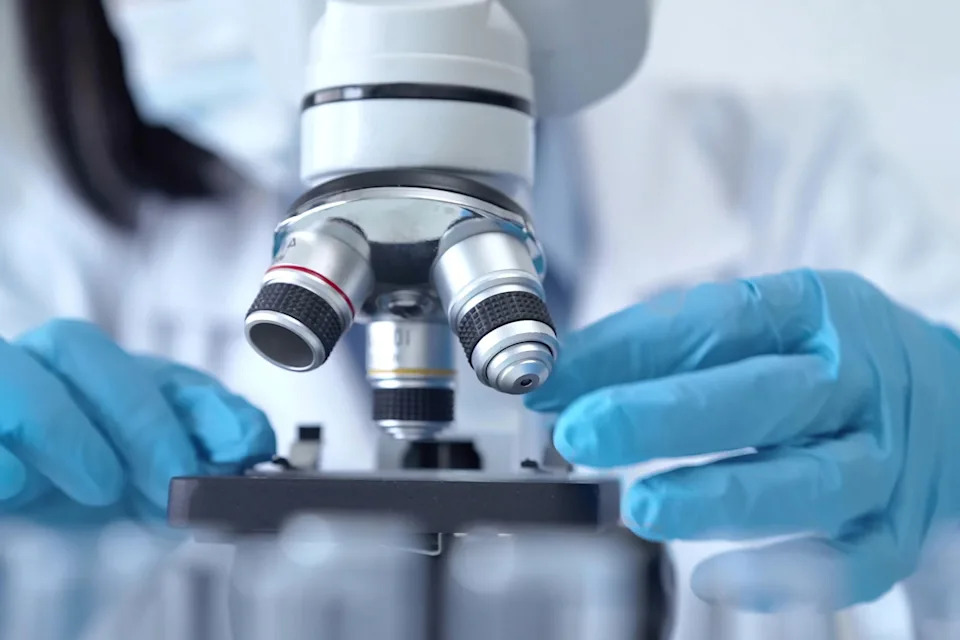Researchers uncover alarming link between commonplace household chemicals and diabetes: ‘A risk factor for several chronic diseases’

Common household exposures could raise your chances of developing diabetes via “forever chemicals,” Mount Sinai researchers have found.
What’s happening?
A new investigation examined blood samples from 360 study participants in New York City, half of whom had recently received diabetes diagnoses and half of whom hadn’t.
The research team measured PFAS contamination levels. PFAS, or “forever chemicals,” are man-made compounds found in cookware coatings, furniture treatments, and waterproof gear.
The researchers found that each increase into a different range of chemical exposure corresponded with a 31% jump in diabetes risk. According to a summary of the study, these substances can interfere with the production of amino acids and how the body handles medicines, which disrupts blood sugar management.
The chemicals persist in our surroundings and in human tissue because they resist breaking down naturally.
Why is this discovery important?
PFAS contamination is possible through common household items and drinking water. These compounds accumulate in our bodies over decades, potentially triggering changes in metabolism that lead to long-term illnesses.
“Mounting research suggests that PFAS are a risk factor for several chronic diseases, such as obesity, liver disease, and diabetes,” said Dr. Damaskini Valvi, who contributed to the research.
Rising diabetes rates strain healthcare systems and families nationwide. Understanding contamination sources helps doctors develop better prevention strategies, particularly for vulnerable communities that face higher exposure rates.
This research connects pollution to public health outcomes, showing how chemical contamination translates to real medical consequences.
What’s being done about PFAS exposure?
Scientists are calling for expanded research combining contamination and genetic data to understand how chemical exposures interact with metabolism across different life stages. This knowledge could lead to targeted interventions for at-risk populations.
You can reduce your exposure by choosing PFAS-free products when shopping for cookware, carpets, and clothing. Look for items labeled as not being water- or stain-resistant.
Support legislation limiting PFAS use in consumer goods by contacting your representatives. Several states have already passed restrictions on these chemicals in food packaging and firefighting foam.
Consider filtering your drinking water, as many municipal systems contain PFAS contamination. Reverse osmosis and activated carbon filters help remove these compounds.
Join our free newsletter for weekly updates on the latest innovations improving our lives and shaping our future, and don’t miss this cool list of easy ways to help yourself while helping the planet.


